Land Law: Commonhold Model vs. Scottish Tenements Approach
VerifiedAdded on 2023/06/18
|5
|769
|319
Essay
AI Summary
This essay delves into land law, examining the commonhold model and its deficiencies, and proposes leveraging the Scottish tenements approach for improvement, emphasizing shared ownership and mutual decision-making. It further discusses the differing rights between flat and house lease owners, attributing the disparity to the varying ownership structures and responsibilities associated with each type of property. The analysis underscores how these differences impact the management and liabilities associated with property ownership under land law.
1 out of 5
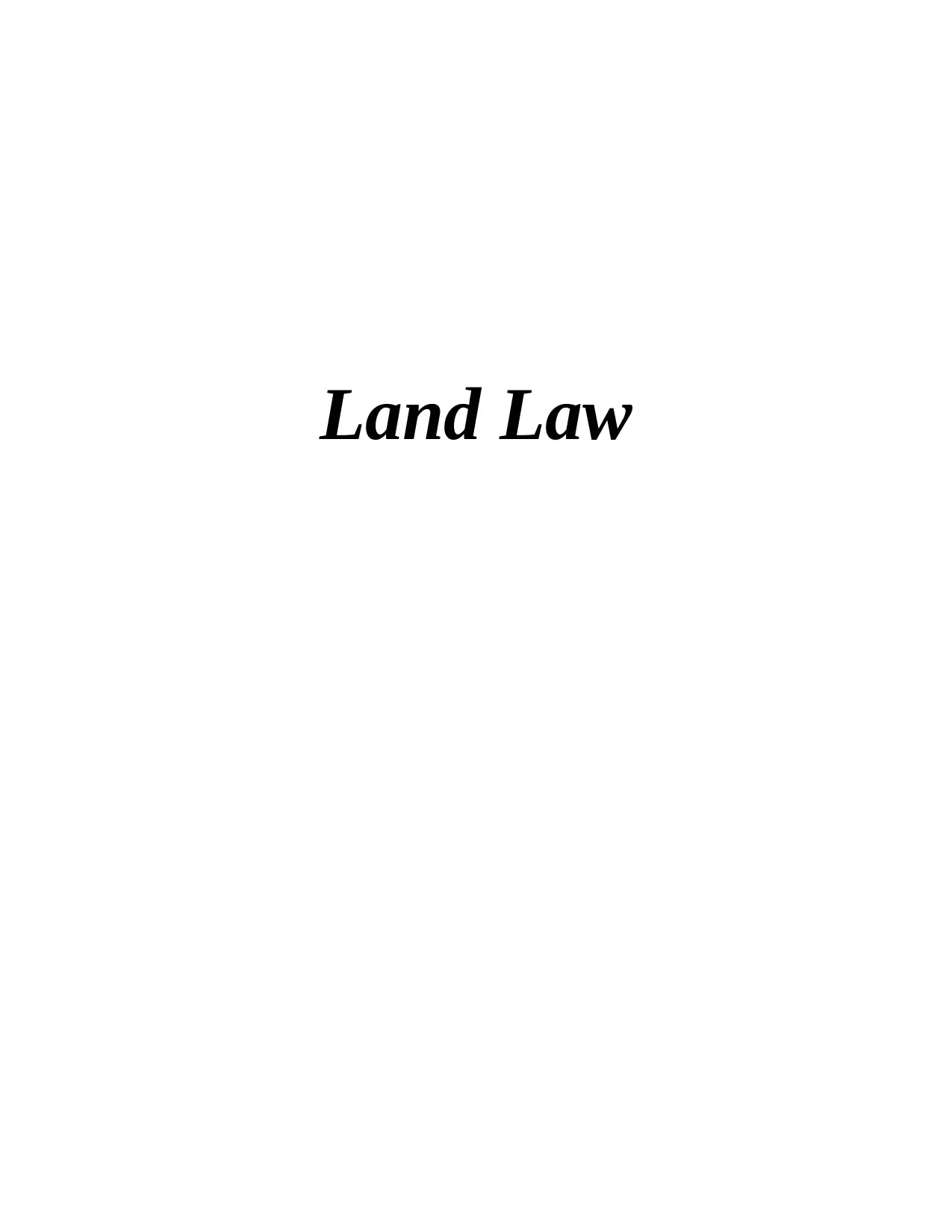
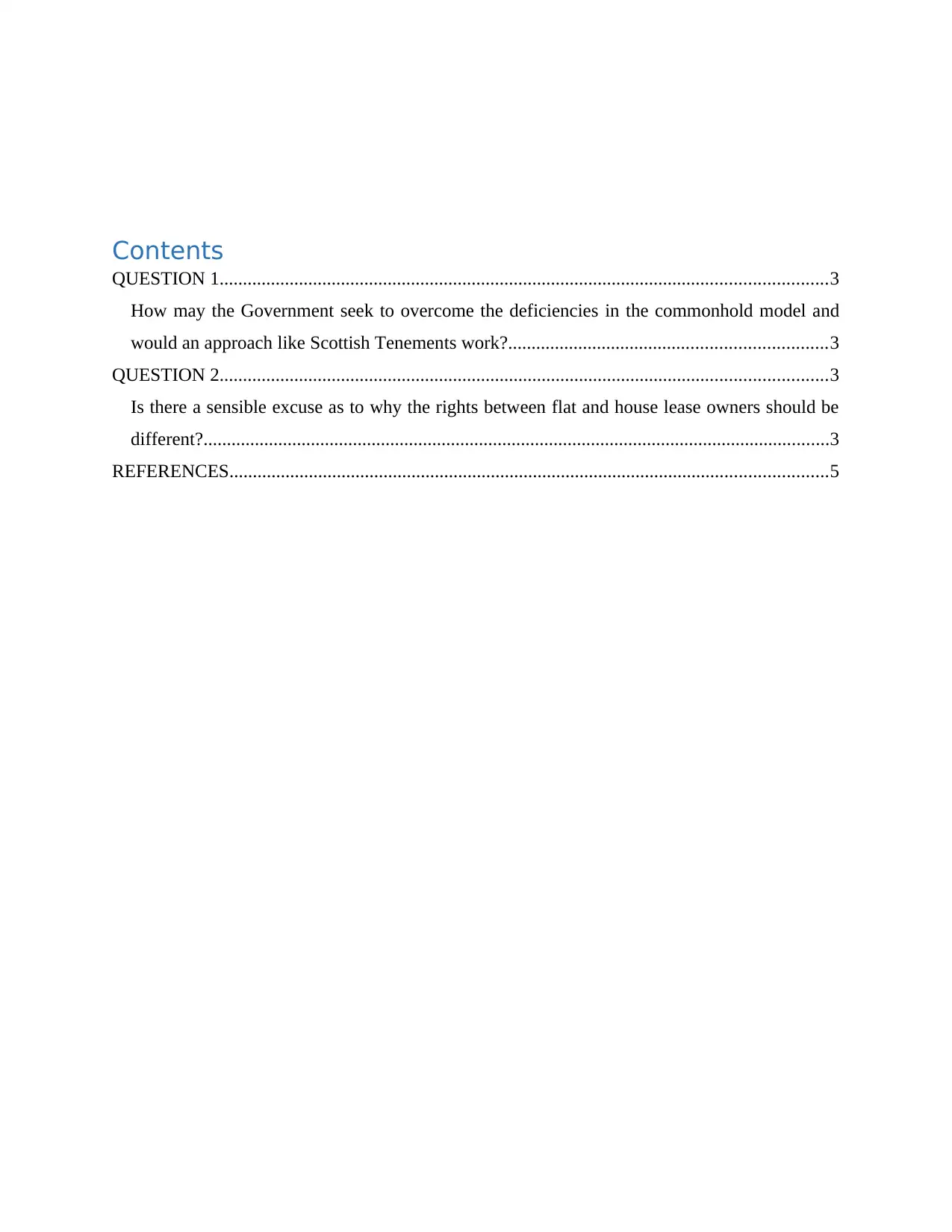
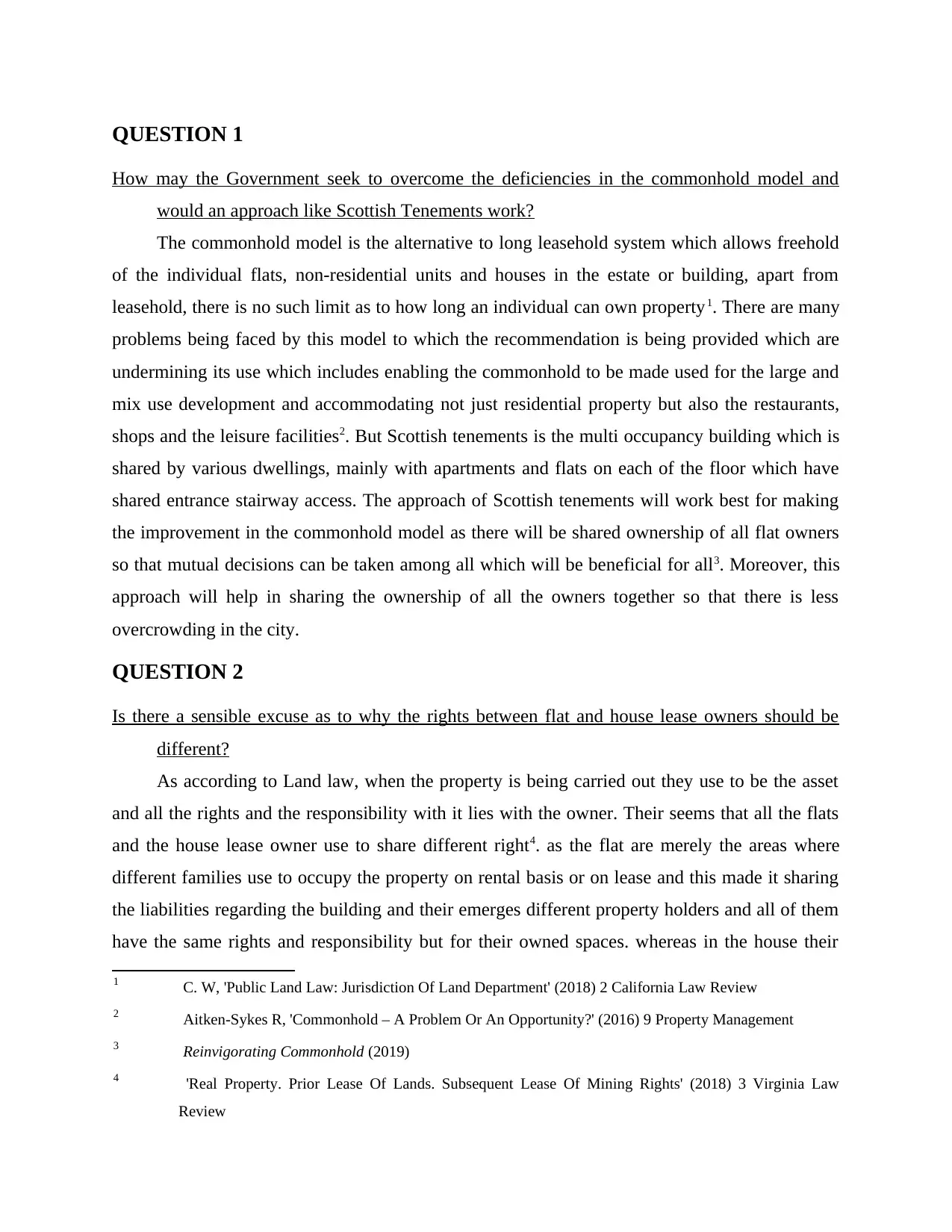
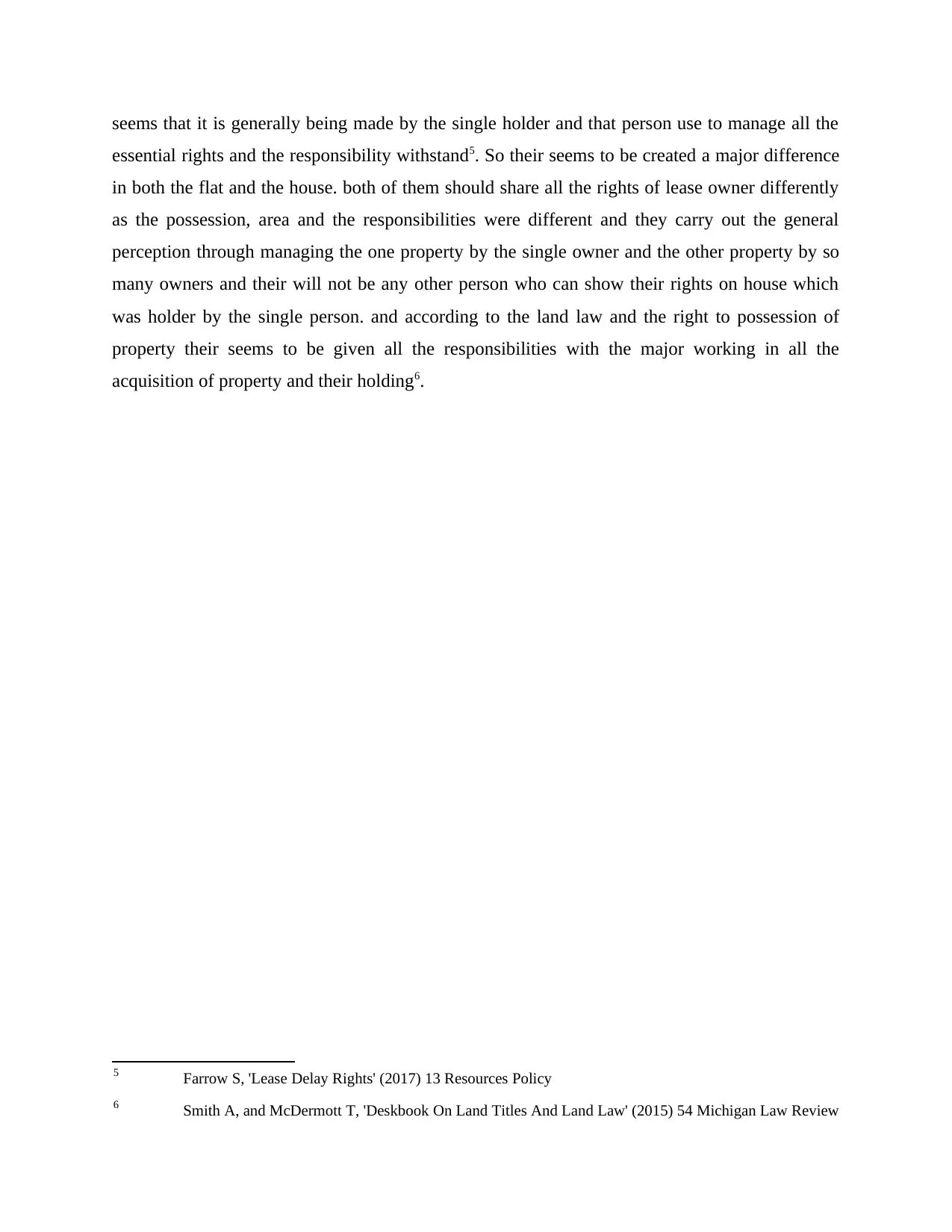
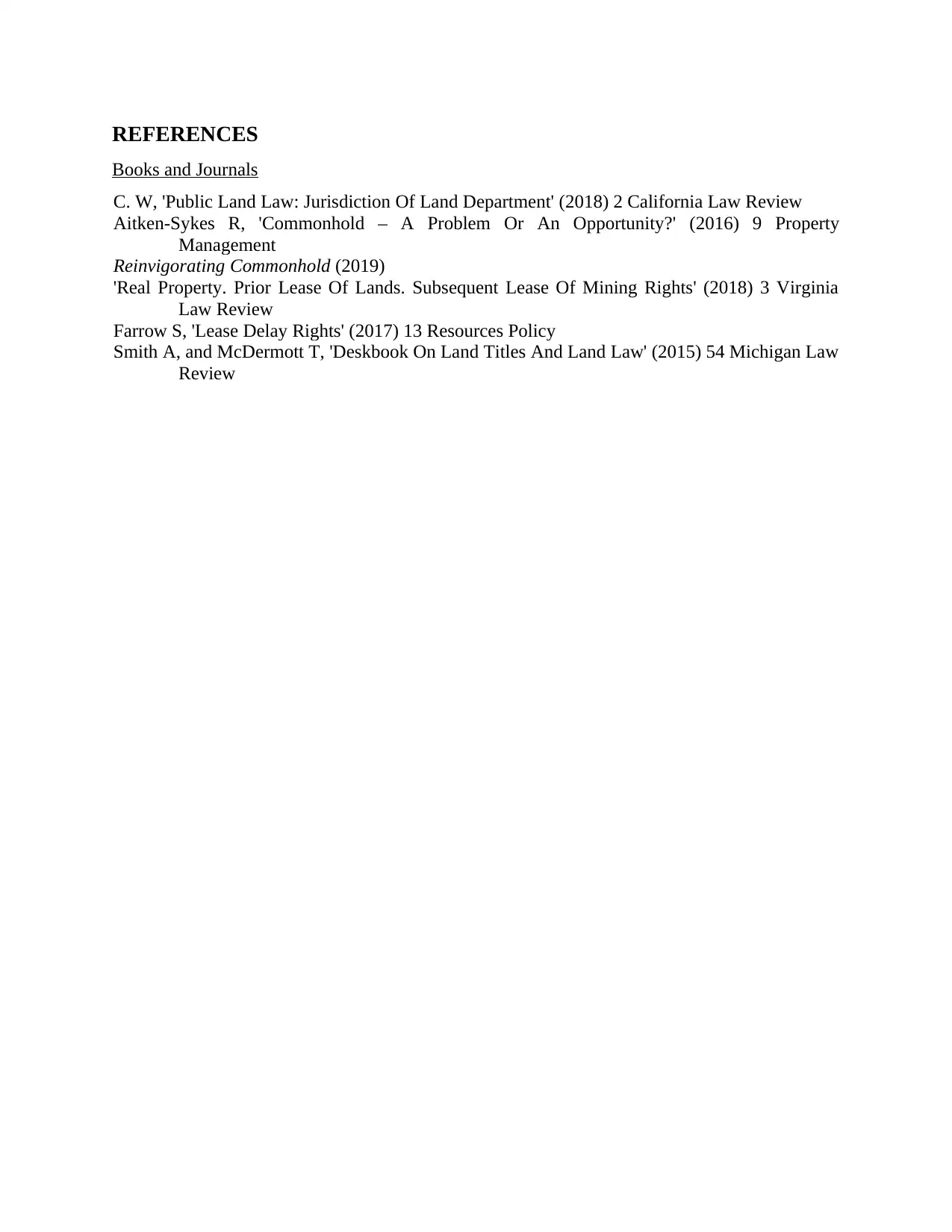





![[object Object]](/_next/static/media/star-bottom.7253800d.svg)